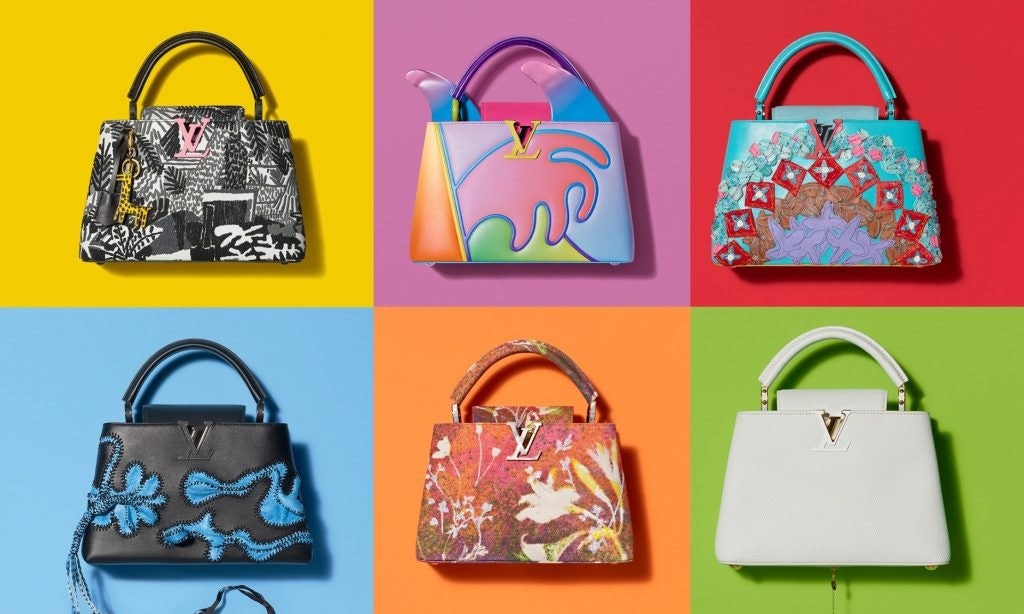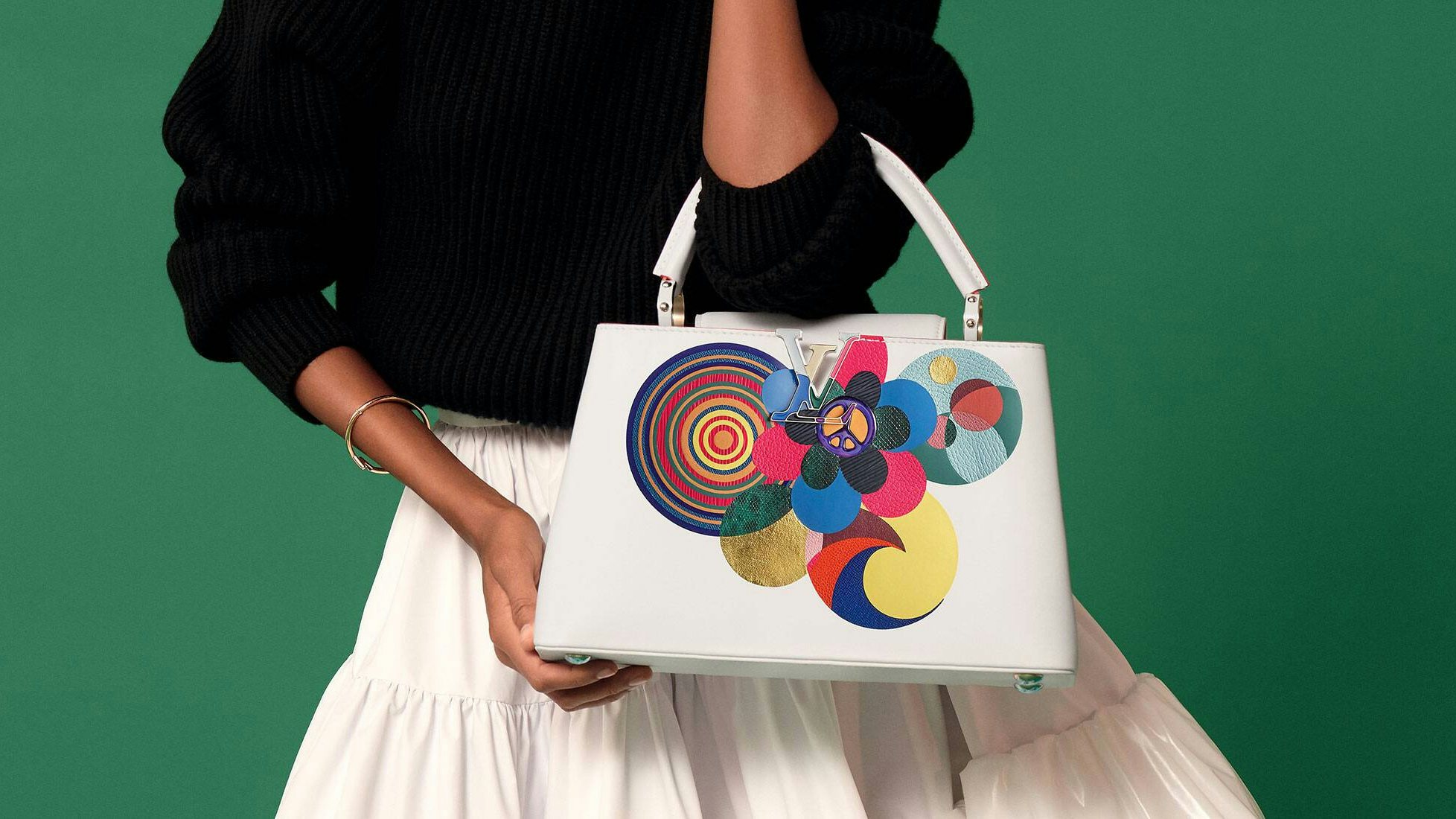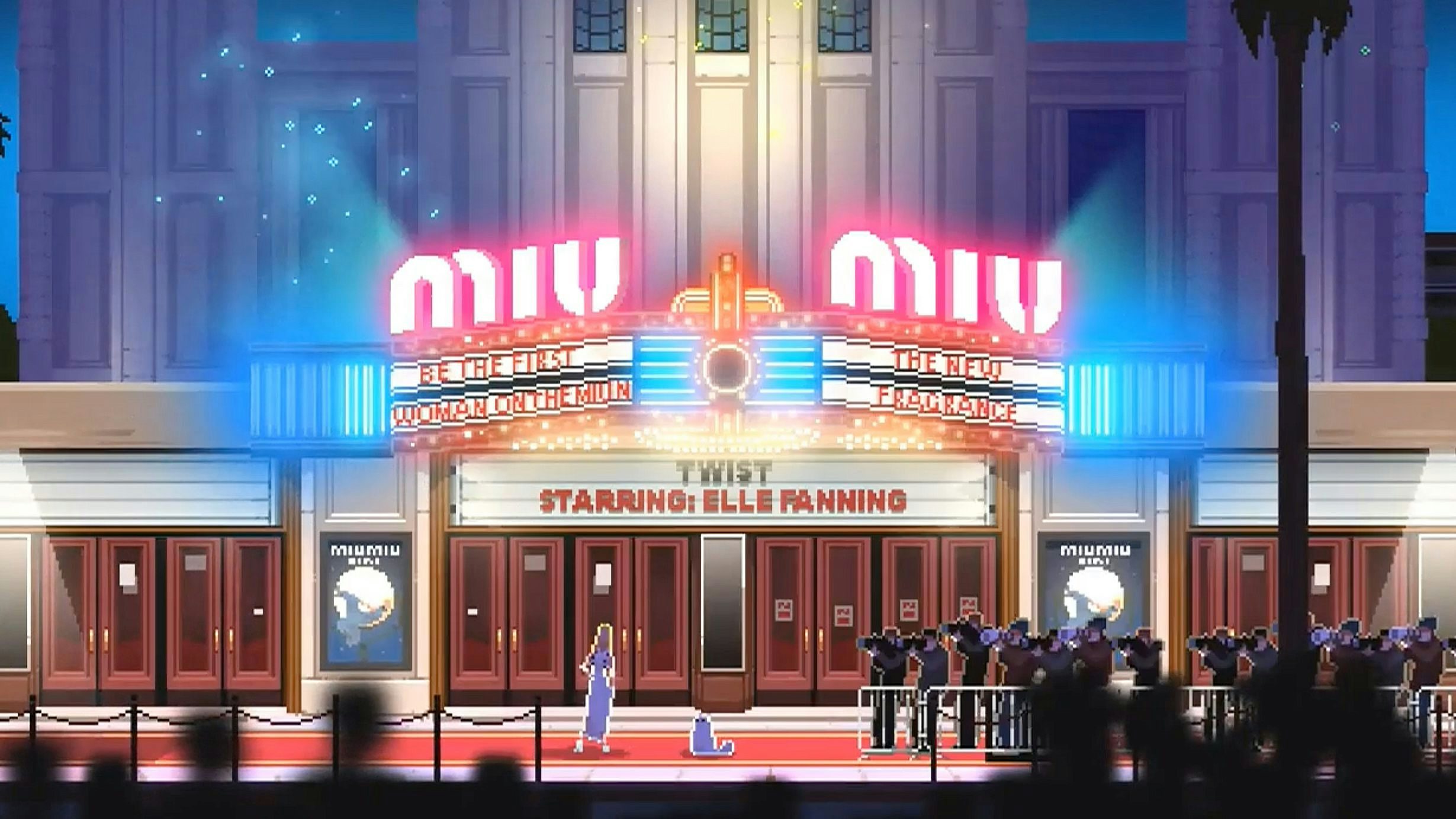Key Takeaways:#
Being driven by first-time purchasers can have you run the risk of becoming ubiquitous/boring/“déjà vu,” and the prospects of the world reopening are certainly exciting but beware not to fall into the ubiquity trap.
Louis Vuitton, the biggest brand in luxury personal goods, got hit by ubiquity issues 7-8 years ago and addressed the issue very efficiently.
Youth is looking to be surprised and delighted while becoming part of the club, which sounds like a real conundrum. There are, however, ways to convey scarcity while selling to millions.
The risks in selling more of what is supposed to be exclusive#
In my book Future Luxe, I make the case that the luxury sector has great growth prospects ahead since it is driven by first-time purchasers, mostly living in Mainland China and the US.
Brands have made it easier to connect with these first-time purchasers. Logos have been harmonized to the point where it is almost ridiculous, with many brands going for the most easily readable all-caps sans serif look. Names got shorter and are thus more easily remembered, Yves Saint Laurent is now Saint Laurent. I used to work at Christian Dior, now just Dior. And while there is no risk of change there, Louis Vuitton clients in the US refer to the brand just as “Louis.”
While many things have been simplified, the biggest risk, in my view and one that hit the sector 7-8 years ago, is that of ubiquity. I was Hong Kong-based then, and many Chinese consumers and friends would tell me how “I’ve seen this brand too much, this product too much, and my assistant buys it. I’m done.” While your name and logo can be made more eye-catching, the idea that your product is seen too much is incompatible with luxury desirability. Louis Vuitton addressed this head-on, and so have other very successful brands over the past decade like Chanel, Moncler, Bottega Veneta, and others.
Rebirth of the cool#
How do you make a brand that is seen as ubiquitous exciting again? Hyper-segmentation. From a product point of view, that means that if Louis Vuitton relied heavily on the monogram ten years ago, it is known for many other products now. Have money to spend, want a higher leather quality and a more discreet logo presence? Look at the Capucines Collection, which retails at Hermès-type price points. Newcomer to the brand? Why don’t you start with a Pochette Métis? Think Louis Vuitton only does bags? Check out the fine jewelry range, the fragrances, the NBA partnership products, or the luggage if you really feel the world is about to re-open. Many have commented on Louis Vuitton over the years, but a comment that has not come up is déjà vu/boring/expected.

Meanwhile, other leaders in the industry have shifted away from product dependence in other ways. Remember the Intrecciato Collection at Bottega Veneta? You could have been under the illusion that was all the brand sold a few years back. Not the case anymore. Want to buy the Chanel 2.55 bag in black? Well, you will have to ask for it because it has been so successful that the brand would rather not display it in-store. Walked past a shopping window display from Moncler in the past two years? You know you might end up buying a more classic design, but its Genius Collection product sure is fresh and funky and just seeing it makes you feel special, right?
Lots to do outside of the product#
There is an inherent contradiction in the luxury sector, which is that brands are selling more items every year that are supposed to be exclusive. The good thing is that scarcity is also in the eye of the beholder. If I am buying Louis Vuitton, Gucci, and Prada, so are millions.
But you can develop capsule collections, variations on existing leading models, seasonal online pop-ups, and surprising collaborations (don’t tell me you saw The North Face/Gucci tie-up coming). More importantly, scarcity can go way beyond the product: Send me messages that are specifically catered to me, give me a reason to come back to a physical store when the world reopens, and show me that it is different from all the other ones I have been to. Give me entertainment, help me learn something, think out of the box, surprise me! Crisis breeds creativity. So hopefully, the industry will not cease to surprise us.
Erwan Rambourg has been a top-ranked analyst covering the luxury and sporting goods sectors. After eight years as a Marketing Manager in the luxury industry, notably for LVMH and Richemont, he is now a Managing Director and Global Head of Consumer & Retail equity research. He is also the author of Future Luxe: What’s Ahead for the Business of Luxury (2020) and The Bling Dynasty: Why the Reign of Chinese Luxury Shoppers Has Only Just Begun (2014).

